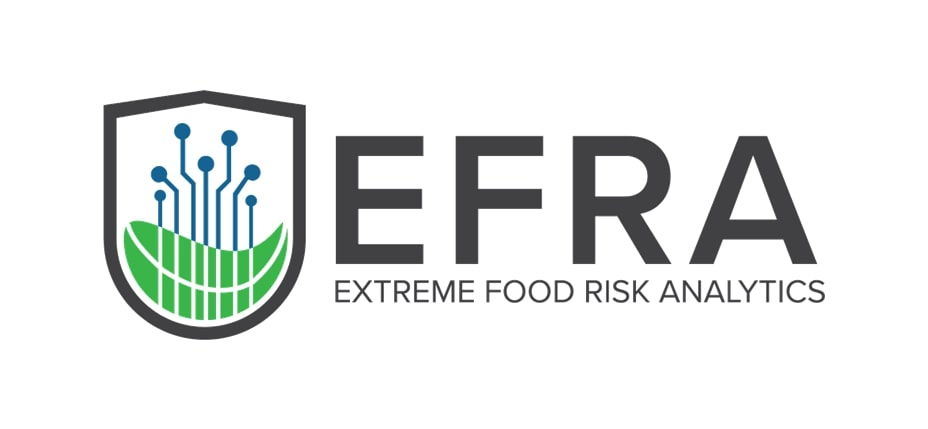
What factors contribute to the evolution of Antimicrobial Resistance (AMR) in Salmonella?
Nowadays, as bacterial infections pose significant threats to public health, it is imperative to delve deep into understanding the intricate dynamics of antimicrobial resistance (AMR) in Salmonella. Salmonella, known for its adaptability and resilience, harbors the potential to develop AMR through various mechanisms.
Our rigorous exploration into this realm not only reveals the underlying mechanisms responsible for the acquisition of resistance genes but also highlights the urgent necessity for strategic interventions. By unraveling the complexities of AMR in Salmonella, we pave the way for developing targeted and effective approaches to combat this growing public health concern.
Plasmid-Mediated Resistance
Plasmid-mediated resistance represents a significant avenue through which Salmonella serovars bolster their resilience against antimicrobial agents. These bacteria exhibit remarkable adeptness in acquiring resistance genes, often facilitated by the exchange of plasmids—a sophisticated mechanism of genetic transfer among bacterial populations. Plasmids, circular DNA molecules capable of self-replication, act as efficient carriers for resistance genes, enabling bacteria to fortify themselves against multiple antibiotics concurrently.
This mechanism of resistance transmission not only complicates conventional treatment strategies but also underscores the urgent need for innovative solutions to combat the escalating threat of antimicrobial resistance. Moreover, the exchange of plasmids between Salmonella and other bacteria, such as E. coli, further amplifies the dissemination of resistance genes, highlighting the interconnected nature of antimicrobial resistance within microbial communities.
Genomic Mutations and Resistance Development
Salmonella possesses a remarkable capacity for spontaneous mutation within its genome, which significantly complicates the landscape of AMR. These mutations occur naturally during bacterial growth and can result in the acquisition of resistance to specific antibiotics. Over time, as these mutations accumulate, Salmonella evolves into a highly resilient adversary, capable of withstanding the effects of a broad spectrum of antibiotics.
This inherent ability to adapt and develop resistance underscores the formidable challenge posed by Salmonella in the realm of antimicrobial therapy. Effectively addressing and mitigating this intrinsic mechanism is crucial in our pursuit of effective antimicrobial strategies. By recognizing the significance of these mutations and implementing targeted interventions, we can enhance our ability to combat antimicrobial resistance and safeguard public health against the threat posed by resilient Salmonella strains.
Role of Antibiotic Use
The widespread use, and occasionally the misuse, of antibiotics significantly contributes to the emergence and spread of AMR in Salmonella serovars such as Salmonella Mbandaka and Salmonella Bovismorbificans. Antibiotics, when overused or improperly administered, create a selective pressure that favors the survival and proliferation of resistant bacterial strains. This selective breeding process leads to the development of bacteria resilient to antibiotic effects, making treatment more challenging.
To address this escalating threat, it is imperative to promote responsible antibiotic use as a cornerstone of antimicrobial stewardship. Adopting judicious practices in prescribing and administering antibiotics helps minimize the emergence of resistant strains. Furthermore, emphasizing good hygiene practices and implementing stringent infection control measures are essential steps in containing the spread of antibiotic-resistant bacteria. By fostering a culture of responsible antibiotic use and prioritizing preventive measures, we can mitigate the proliferation of antimicrobial resistance and safeguard the effectiveness of antibiotics for future generations.
Climate Change and its Indirect Impact on AMR
In our quest to decipher the multifaceted nature of AMR, we cannot ignore the indirect influence of climate change on Salmonella. Climate change-induced alterations in environmental conditions, including shifts in temperature, humidity, precipitation patterns, and ecological landscapes, contribute to the evolution and dissemination of antimicrobial-resistant strains. These changes create new ecological niches and facilitate the survival and proliferation of resistant bacteria in diverse environments.
Climate change reshapes the distribution and behavior of Salmonella carriers and vectors, our approach to combating AMR must evolve to address these emerging challenges. One of the keyways in which climate change affects AMR in Salmonella is through changes in temperature patterns. Rising temperatures can create more favorable conditions for the growth and survival of bacteria, including Salmonella. This can lead to increased bacterial replication rates and higher mutation frequencies, potentially accelerating the development of antimicrobial resistance. Changes in precipitation patterns and humidity levels also play a role in shaping the environmental conditions conducive to the proliferation of Salmonella. Increased rainfall and humidity can create moist environments where bacteria thrive, increasing the risk of contamination in food and water sources. Also, extreme weather events like floods can lead to the spread of bacteria and antimicrobial resistance genes across different ecosystems.
In this era of constant evolution, the intersection of Salmonella and antimicrobial resistance demands our unwavering attention. By unraveling the intricate web of plasmid-mediated resistance, genomic mutations, and the impact of climate change, we pave the way for innovative strategies to combat AMR effectively. Our commitment to responsible antibiotic use, coupled with a proactive stance against climate-induced challenges, positions us at the forefront of safeguarding public health. In essence, a collaborative approach that harnesses the power of omics, AI, and proactive measures is indispensable in combatting AMR in Salmonella. By leveraging cutting-edge technologies and embracing preventive strategies, we can stem the tide of antimicrobial resistance, ensuring effective treatment options.
Want to receive helpful food safety intelligence in your inbox?
 Funding for this research has been provided by the European Union’s Horizon Europe research and innovation programme EFRA (Grant Agreement Number 101093026). Funded by the European Union. Views and opinions expressed are however those of the author(s) only and do not necessarily reflect those of the European Union or European Commission-EU. Neither the European Union nor the granting authority can be held responsible for them.
Funding for this research has been provided by the European Union’s Horizon Europe research and innovation programme EFRA (Grant Agreement Number 101093026). Funded by the European Union. Views and opinions expressed are however those of the author(s) only and do not necessarily reflect those of the European Union or European Commission-EU. Neither the European Union nor the granting authority can be held responsible for them.








